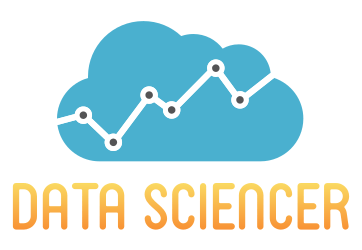Sugestões de artigos científicos
The power of high-resolution SNP arrays for detecting inherited chromosomal
anomalies
The Human Genome Project (HGP) opened up tremendous vistas for understanding human variation. In clinical sciences, understanding variations in the human genome provides an opportunity to analyze how these differences in sequences contribute to inherited disorders. Before the HGP, analysis of chromosomal anomalies, such as aneuploidies, deletions, and duplications, and their contributions to birth defects or inherited syndromes was performed by karyotyping using G-band analysis. However, chromosomal DNA microarrays (CMAs), which combined microscale manufacturing techniques with well-understood
nucleic acid hybridization chemistries, significantly altered the landscape of medical genetics research in the mid- to late 2000s. These microarrays were optimized for detecting genetic variations, including variations in the number of times a specific sequence was present (copy number variations, or CNVs) and variations in sequence at a single base pair (single-nucleotide polymorphisms, or SNPs).
Further advancements in microarray technology led to the introduction of SNP arrays, which contain both CNV and SNP probes. Since thousands to millions of sequences can be queried at a time, a single microarray experiment has the potential to give novel information about a subject’s genome, highlighting the nucleotide variants present at each of the many loci assayed by the array.
Find out more at thermofisher.com/rh
© 2020 Thermo Fisher Scientific Inc. All rights reserved.
All trademarks are the property of Thermo Fisher Scientific and its subsidiaries unless otherwise specified. COL33313 0320
Chromosomal microarrays: next-generation karyotyping assays for
detecting inherited chromosomal anomalies
First‐trimester miscarriage is one of the major causes
of pregnancy failure, occurring in 10–15% of successful
embryo implantations [1,2]. In about half of the cases,
detailed examination of miscarriage tissue retrieved
in the first trimester can detect whole-chromosome
abnormalities, including autosomal trisomies, olyploidies,
monosomy X, and chromosomal mosaicism [1-8]. It is
therefore critical to evaluate the chromosomal complement of products of conception to evaluate the immediate and long-term health of the fetus.
The analysis of genetic composition of fetal cells was
pioneered in 1966 by Steele and Breg. They collected
cells obtained from invasive prenatal testing (amniotic
fluid from amniocentesis) to evaluate the chromosomal
complement of a fetus [9]. Subsequently, chorionic villus
sampling and fetal blood from cordocentesis provided
other means of collecting fetal cells. Typically, these cells
are cultured ex vivo and stained with Giemsa stain to reveal distinct banding patterns (G-banding). As a result of more than 60 years of use, fetal karyotyping by culturing and G-band analysis is a well-established method for prenatal chromosome analysis.
Find out more at thermofisher.com/prenatal
© 2020 Thermo Fisher Scientific Inc. All rights reserved. All trademarks are the property of Thermo Fisher Scientific and its subsidiaries unless otherwise specified. COL33402 0420



